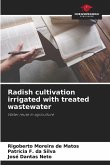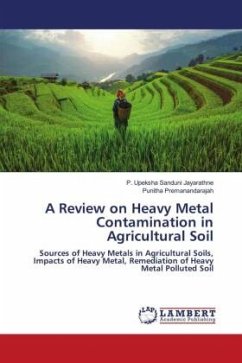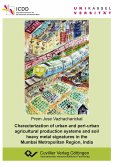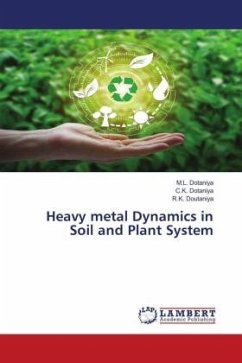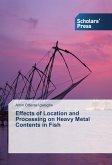The Brazilian semi-arid region is characterized by a short rainy season, high temperatures and a high evaporation rate. In terms of the amount of water in the soil available to plants, this region suffers from water deficiency in most months of the year (BRASIL, 2012b). In addition, inadequate or non-existent sanitation directly affects the health and living conditions of the population, in which infectious diseases continue to be an important cause of mortality (IBGE, 2010).The nutrient content of domestic wastewater encourages the practice of reuse in agricultural production, but the presence of heavy metals, even in low concentrations, can cause environmental problems in the long term. The aim of this study was to analyze the quality of domestic sewage and well water from a rural settlement in the Potiguar semi-arid region, as well as the change in heavy metal levels in a cambisol cultivated with chilli peppers and irrigated with proportions of effluent and well water. To thisend, a 744 m² experimental area was set up in the Milagres settlement in Apodi-RN.
Bitte wählen Sie Ihr Anliegen aus.
Rechnungen
Retourenschein anfordern
Bestellstatus
Storno


